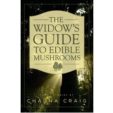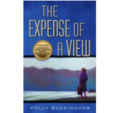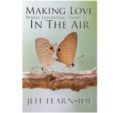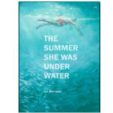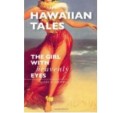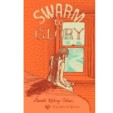There is much to praise about The Widow’s Guide to Edible Mushrooms, Chauna Craig’s début short story collection. But I was especially taken by the stories’ layered explorations of fraught relationships—and of relationships in transition, owing to divorce, death, or other circumstances.
In “This Is History,” the narrator reflects, retrospectively, on a time of transition in both her family and community. The story takes place at the site of a defunct Montana copper mine, where the narrator (then 12 years old), her parents, and brother have gathered with other locals to witness the destruction of the mine’s smokestack. For the narrator’s mother, whose father worked at the mine, the destruction is cause for sadness, even though the copper industry “left the land raped and polluted,” in the narrator’s eyes. As she observes, “My mother was susceptible to fantasies of golden pasts and golden futures that would erase the daily shin-banging and toe-stubbing of the present.”

